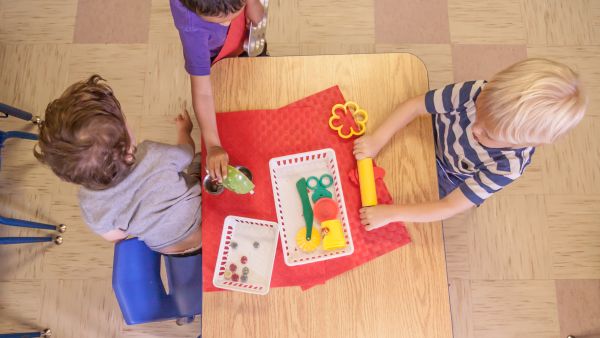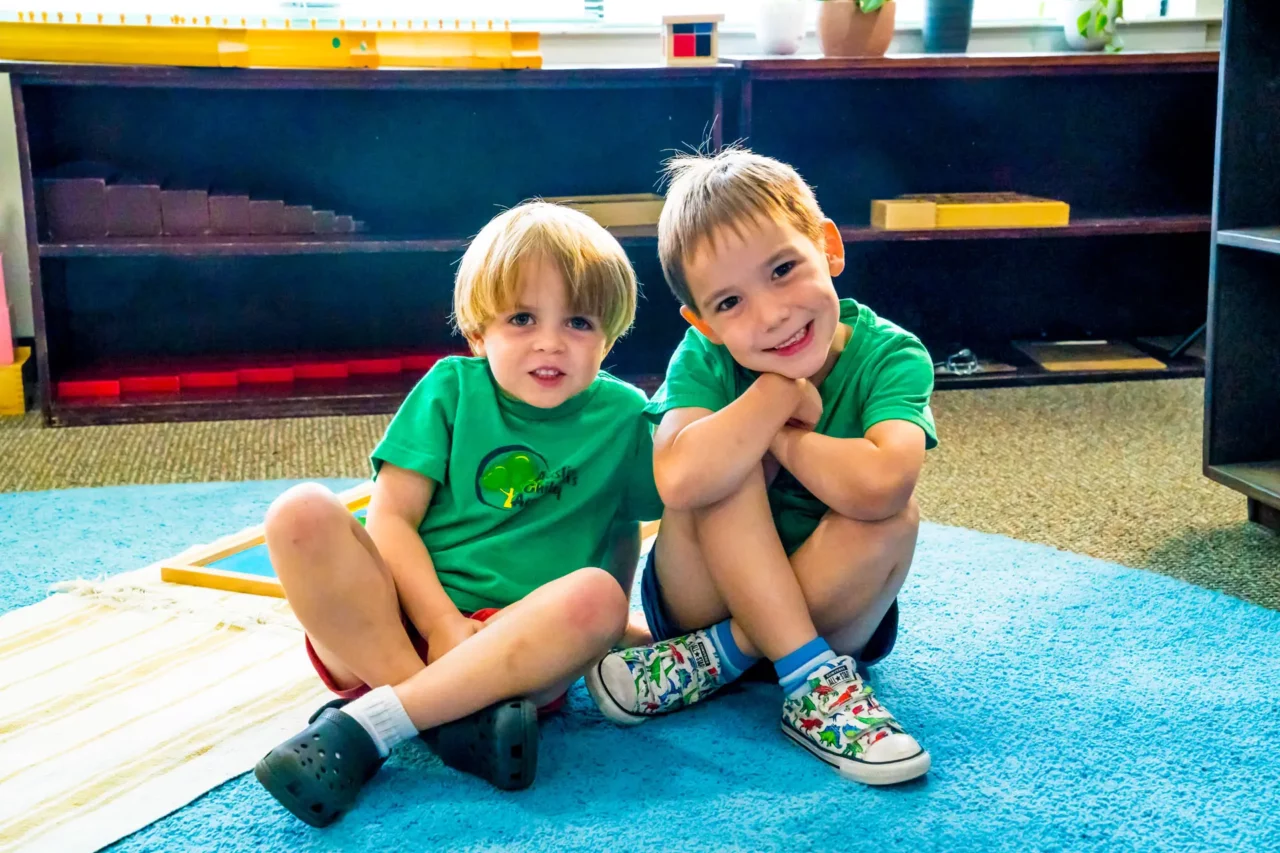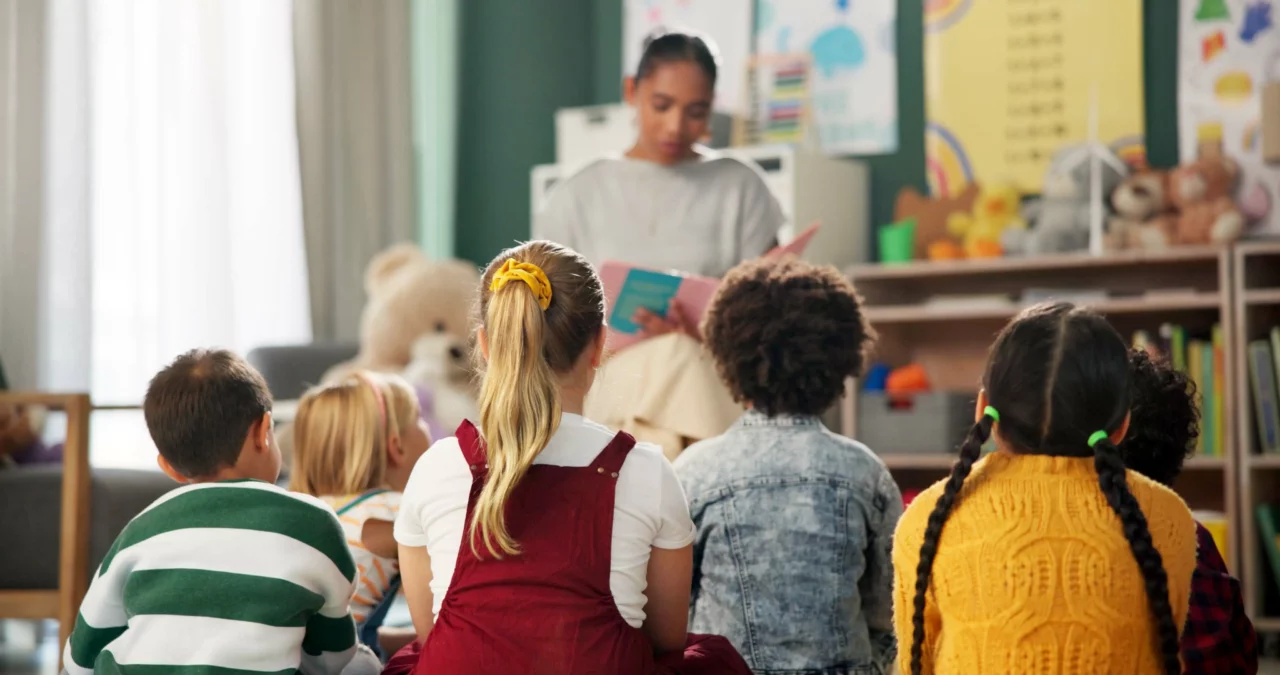
Each year, classrooms bring together a group of similarly aged students into one room. The diversity in these classroom communities poses an opportunity for engagement in social interactions that are ideal for learning.
As more schools recognize the importance of social skills in relation to academic learning, the teaching of social skills has become an important strategy teachers are implementing in the classroom that supports student learning.
Improved Communication Skills
As we become adults, we are expected to interact with co-workers, friends, and family in ways that we may not have considered to require a skill set. The reality is that communication is a skill that is necessary for our daily lives. This skill is not something innate, it can, however, be taught.
In the classroom, we ask students to collaborate on a variety of projects and learning experiences as a means to develop communication skills. Teachers help children learn how to interact with their peers. They provide tips and strategies for maintaining a conversation and how to develop personal dialogues.
One of the most challenging communication skills to develop is in conflict resolution. Like most adults, children experience conflict as well. Classrooms present opportunities to learn ways to disagree politely, communicate feelings clearly, ask for help effectively, give meaningful apologies, and offer thoughtful affirmations.
Strengthens Active Listening
The classroom also provides opportunities to engage in active listening. Unlike passive listening that is mechanical and effortless, active listening requires interpretation. It can be in the form of following a given instruction or in the participation of an activity.
To listen actively, we must participate equally. Teachers help foster skills that improve listening. Classrooms present opportunities to learn ways to demonstrate active listening, present attentive body language, acknowledge with meaningful responses, and provide constructive feedback.
Builds Empathy
The diversity of students entering classrooms presents an opportunity to engage with peers cross-culturally. Teachers work to build a community of acceptance in their classroom and present students with strategies to implement patience, acceptance, and encouragement of others.
Incorporating empathy into instruction aims to strengthen student-teacher relationships as well as peer relationships. This close connection helps foster trust, strengthens leaderships skills, and improves our ability to relate to others.
Develops Responsibility of Self
Ultimately, we wish for our children to develop responsibility as they grow. In the classroom, responsibility may look different from home. Students become aware of their responsibility to others and how their behavior may have an effect on someone else. They begin to develop the ability to share materials, stay on task, take turns, and take ownership of their contributions to the community. In turn, successful teachers aim to direct student attention to recognize the gifts they bring to the community.
Acquiring strong social skills are a part of the classroom learning experience. This skill set helps to further propel the academic learning by improving our ability to collaborate, listen, and participate. It promotes self-worth and security, helps us consider the feelings of others, and improves our ability to problem solve.





